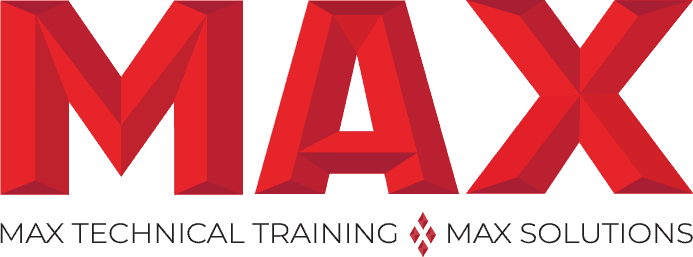Customized Professional & Corporate Training Solutions
Max Technical Training stands as your premier destination for customized professional and corporate training solutions. Whether you’re an individual professional seeking to advance your career or an organization striving to empower your workforce, our tailored training pathways are designed to meet your specific needs. We offer a comprehensive range of training programs, covering topics from ITIL and Agile to Power BI and Cybersecurity. With over two decades of experience, we’ve trained tens of thousands of IT professionals and partnered with businesses to achieve workforce excellence. Explore our courses and embark on a journey to success in the tech industry.
Upskill or Reskill Your Team with Professional Training
Looking to bring new IT skills, knowledge, and capabilities to your organization? We can help. MAX Technical Training specializes in connecting thought leaders and their teams with tech-focused subject matter experts with remote, in-person or virtual training and upskilling.
From data analytics to coding, we create custom training pathways that are in full alignment with your business’s goals.
Explore Recently Added and Top Courses
Popular and Trending Topics






Types of Training
Private/Custom
Open Enrollment
/Bootcamps
E-Learning
Types of Delivery
In-Person
Virtual Live
On-Demand

The MAX ESA is our way of giving back to our most loyal clients. To use this beneficial funding tool, simply pre-load your account and automatically enjoy discounted rates on your training. MAX Education Savings Account funds are good for two years from the date of deposit.
- Save on public class enrollment fees.
- Create custom training plans around your schedule.
- Open to all businesses

Looking for a cost-effective way to help your team get certified with AWS, Azure, or Power BI? What about mastering agile development methodologies, best-in-class DevOps, or advanced cybersecurity techniques? If you’re an Ohio business looking to upskill, train, or certify your workforce, TechCred can help you do all that (and more).
- Reimbursement-eligible training, upskilling, and certification.
- Access up to $30,000 per program period.
- Open to all Ohio businesses.

WIOA (Workplace Innovation and Opportunity Act) is a program from the Department of Job and Family Services designed to increase opportunities via educational, economic, and workplace investment. As a WIOA training partner in Ohio, we help students across the state access these funds.

To reduce barriers to a career in IT, the Tuition Repayment Program allows qualified students to defer payments until after they are hired in the industry. At that point, tuition will be paid as a percentage of your monthly salary. This program is open to Ohio residents only.

Through our partnership with Apprenti USA, we help train the next generation of the US technology workforce through Tech Apprenticeships. We train and develop to get them ready to begin their tech careers with the Nations top organizations.









